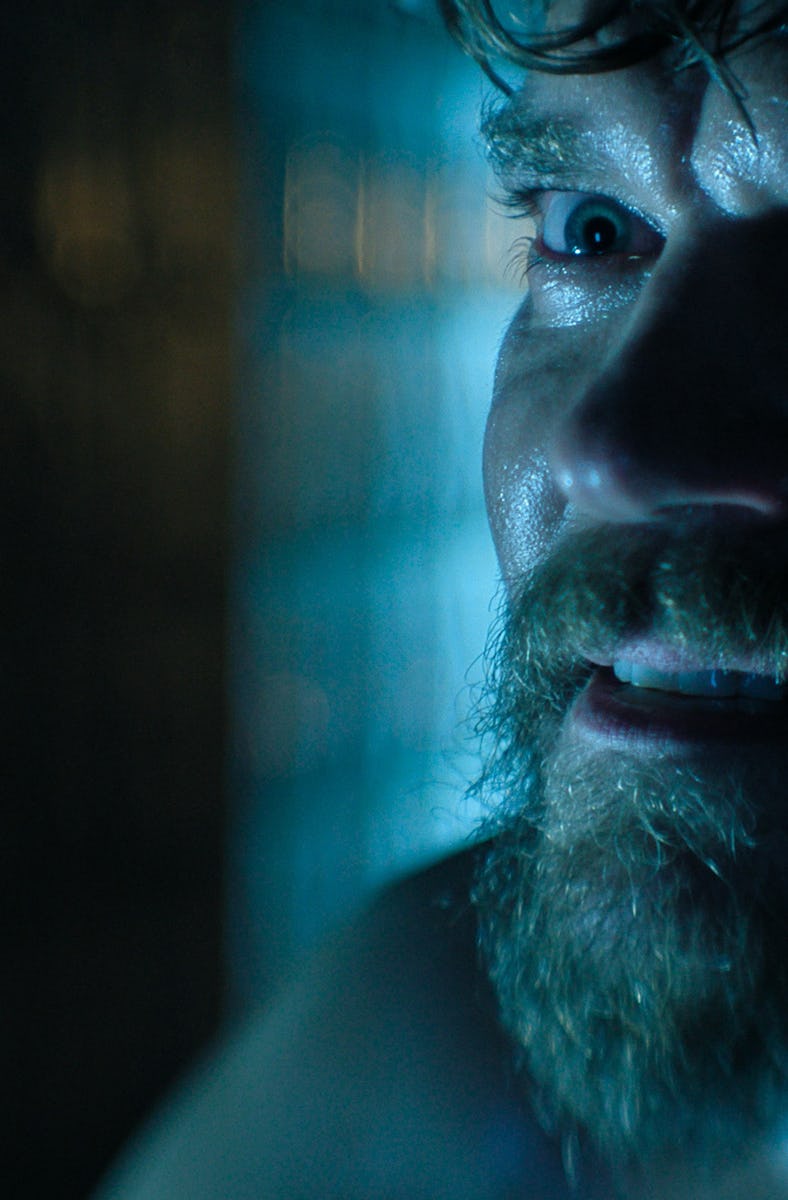Pilou Asbæk Reveals A Surprising Inspiration For His Foundation Villain — And It’s Not Game of Thrones
The actor is going deep on a terrifying character.

One of the greatest tricks of Isaac Asimov’s Foundation novels was the way in which a series about predicting the future managed to remain unpredictable. In the second novel, Foundation and Empire, Asimov revealed that the one way that the predictive power of psychohistory could get knocked off course was if an outlier showed up and started reading and controlling people’s minds. The Apple TV+ version of Foundation, in Season 3, has finally caught up to this moment and revealed the Mule, as played by Pilou Asbæk.
“He’s probably one of the best-written villains if you ask me,” Asbæk tells Inverse. “He’s right up there next to Voldemort.” But, with Season 3, specifically Episode 7, Foundation is twisting the Asimovian origin of the Mule. Or is it?
Spoilers ahead for Foundation Season 3’s “Foundation’s End.”
Episode 7 of Foundation Season 3, “Foundation’s End,” is, in the present tense, all about the Mule fully taking over New Terminus, putting him one step closer to taking Trantor, and then, presumably, ruling the entire galaxy. But the episode also gives us a lengthy flashback, which seems to reveal that Mule’s childhood was on a Foundation planet called Rossem, which we’re told is “on the edge of the Outer Reach.”
The Mule is on a roll in Foundation Season 3, Episode 7.
This origin reveals that stringent Foundation policies prevented the Mule’s parents from having more than one child. So, when a second baby was born, the parents decided to try and drown their son, the Mule. This resulted in him developing his telekinetic and telepathic powers, which is an origin not that different from the tragic tale of Gaal Dornick (Lou Llobell) in Season 1. In Foundation, almost drowning tends to reveal a lot of superpowers, at least among outliers like Gaal and the Mule.
“It was very important for me that he wasn’t an all-consuming villain,” Asbæk tells Inverse. “Like, he couldn’t be a Marvel or DC villain that just wants to take over the world to be evil, or because it’s possible. The new backstory helps add a little crack in his vanity.”
Asbæk is also keenly aware that in the series, the Mule is far different from the Asimov novels, both in appearance and temperament.
“In the book, he’s small, petite,” Asbæk says. “He’s insecure. You don’t really consider him being a threat until he is, of course. But [Foundation showrunner] David Goyer had seen me on Game of Thrones, and he wanted bits and pieces from all the villains I’ve done in the past 10 years or so. He wanted a character that immediately you would see as a guy who could take down the Foundation and the Empire.”
Asbæk explains that in order to truly craft his take on the Mule, he needed to create some tension in his mind between some characters like Euron Greyjoy in Game of Thrones and what the Mule existed like on the page of Asimov’s books. And so, he turned to an entirely different text.
“I was inspired by another book because I had to humanize him,” Asbæk says. “And that book was The Little Prince by Antoine de Saint-Exupéry. There’s a reason why I’m wearing the red cape, because I wanted to have the Little Prince’s journey, because the Little Prince is isolated on a planet, just like the Mule. He has no friends, just like the Mule.”
Coincidentally, The Little Prince was first published in both French and English in 1943, just a year after Asimov published his earliest Foundation installments in the magazine Astounding in 1942. Clearly, literary history has an interesting role in crafting this specific tale of the distant future.
A 1943 first edition of The Little Prince.
That said, Asbæk isn’t too worried if his version of the Mule will be everyone’s cup of tea. On some level, the show itself questions whether this new Mule is the canonical Mule at all.
At the very end of the episode, Hari Seldon’s AI hologram (Jared Harris) responds to Mule’s tragic childhood trauma story, appearing outside of the Vault and saying, “That’s a very tragic story... I wonder how much of it is true.”
In the literal context of Foundation, this is a nice twist, but it’s a metatextual commentary too; there will always be more than one Mule. In flash-forwards in Season 2, the Mule was played by Mikael Persbrandt, which canonically is fine, since the Mule from the book can manipulate people’s mental perceptions. And this process, Asbæk explains, happens in real life, too, whenever you take on a character from a different medium.
“It's always tricky when you're doing adaptations,” Asbæk says. “You're battling the reader's imagination, what they had visualized for hours while reading the books. But, at one point, you have to accept that you can’t please everyone. But, if I can please some, and it can open people to the world of Asimov’s books, then I’ve done my job well.”